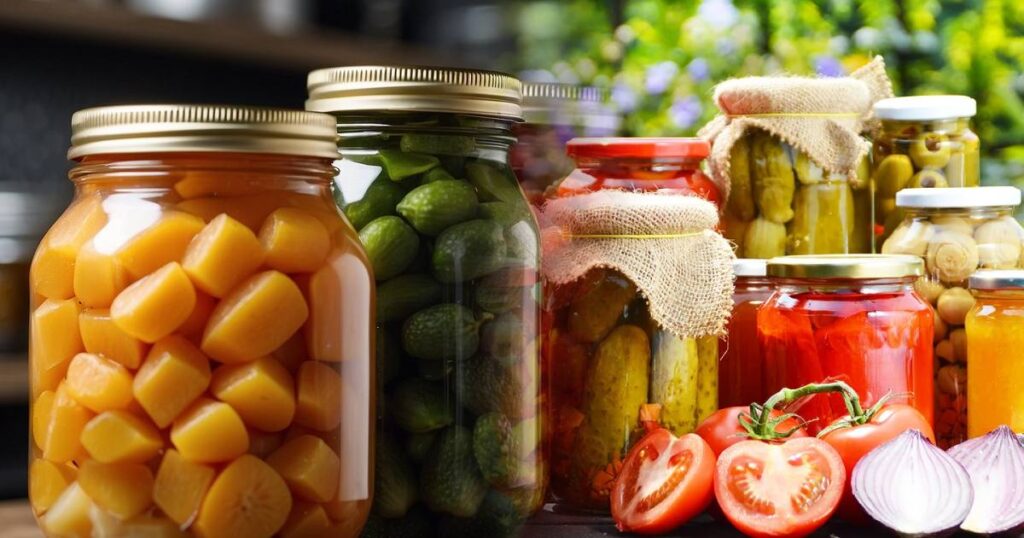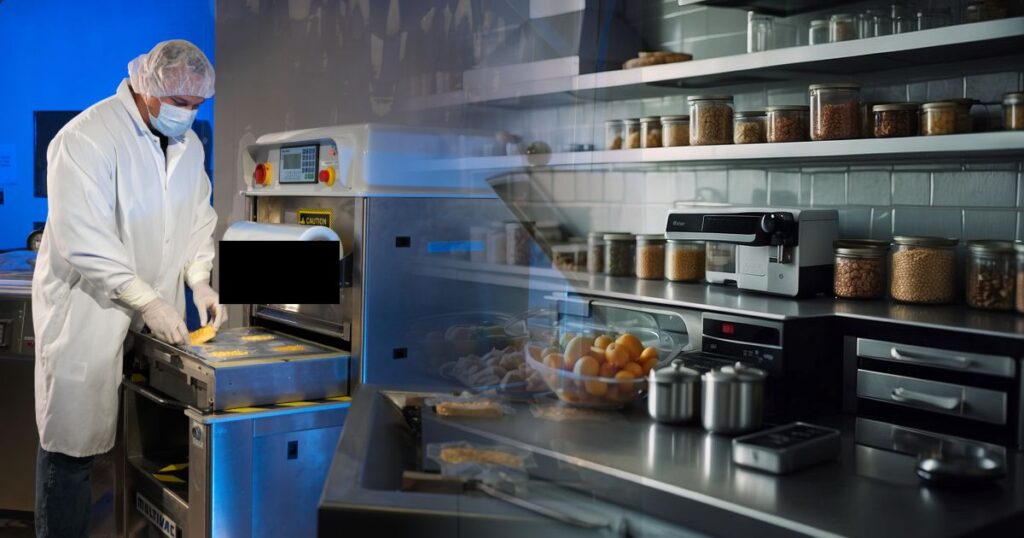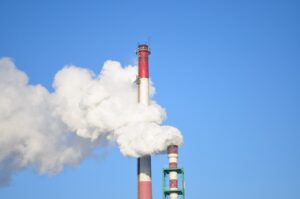Food Preservation Techniques: Ensuring Long-Term Storage and Safety
FastGas Blog
Food preservation is a vital process that ensures food remains safe and retains its nutritional value over time. By inhibiting the growth of microorganisms and slowing down the oxidation of fats, these methods effectively extend the life of foodstuffs and prevent spoilage. Techniques used throughout history include drying, refrigeration, and fermentation, but modern advances have introduced methods like canning, pasteurisation, freezing, and even using FastGas cylinders to maintain freshness.
Introducing carbon dioxide in food preservation, particularly CO2 food packaging, has become integral to food safety. Carbon dioxide is an odourless, colourless gas that, when used correctly, can significantly extend the shelf life of packaged foods by minimising the presence of oxygen that contributes to deterioration. Controlling the environment of your food using carbon dioxide food packaging not only safeguards the food against spoilage but also helps maintain its nutritional content.
Key Takeaways
- Food preservation techniques safeguard food safety and nutrition.
- Integrating carbon dioxide (CO2 food packaging) extends shelf life by reducing spoilage.
- Modern food preservation incorporates advanced technologies for enhanced safety.
Fundamentals of Food Preservation
The pursuit of prolonging food’s shelf life has led to various preservation methods that harness the principles of temperature control, dehydration, and chemical additives to thwart spoilage.
Physical Preservation Methods
Freezing is a standard method to preserve food by slowing down the activity of bacteria and enzymes. The lower temperatures reduce the water activity necessary for microbial growth. Similarly, dehydration or drying removes moisture from food, making it inhospitable for microbes. Heat plays a pivotal role in canning — heating food in airtight containers to kill bacteria and enzymes.
Chemical Preservation Techniques
You often use salt, sugar, acid, and vinegar as preservatives because they create an environment that’s either salty, sweet, acidic, or devoid of water activity for bacteria to thrive. Carbon dioxide (CO2) is also practical in food preservation, as with FastGas CO2 cylinders introducing carbon dioxide in food packaging to maintain freshness and extend shelf life.
Biological Preservation Strategies
Fermentation leverages beneficial bacteria to convert sugars into alcohol or acids, naturally preserving the food. Pasteurisation involves briefly heating products to kill pathogens without significantly changing the food’s chemistry. Alternatively, irradiation uses ionising radiation to eliminate microorganisms and insects, prolonging the food process without raising the temperature.
Throughout these preservation techniques, understanding and controlling environmental factors like temperature, moisture, and vacuum conditions are essential in ensuring your food’s usability extension.
Advanced Preservation Techniques and Safety
In exploring the realm of food preservation, you’ll find that innovative techniques extend the shelf life of your favourite foods and enhance safety by preventing contamination and spoilage.
Modern Preservation Methods
Advanced methods designed to combat spoilage and inhibit the growth of microbes dominate today’s food preservation landscape. FastGas CO2 cylinders are a standout, utilising carbon dioxide in food preservation to keep away common culprits of food deterioration. The inclusion of pressure canning allows you to safely store a plethora of foods, including recipes you’ve created at home. High-tech equipment, such as blast freezers, plays a pivotal role in food processing, significantly slowing bacterial growth and preserving the taste and nutrition of foodstuffs at a manageable cost.
Home Food Preservation
Engaging in home food preservation requires a thorough understanding of proper techniques to ensure safety and quality. You can turn to resources such as the National Center for Home Food Preservation for guidance on pressure canning, which is ideal for low-acid foods. Preservatives like carbon dioxide food-grade injections can help maintain freshness without altering the flavour profile. Always ensure that any equipment used is properly sterilised, as this will thwart the efforts of pesky microbes scheming to spoil your food.
Preventing Foodborne Illness
Foodborne illness can often be traced back to inadequate food preservation techniques. However, employing modern preservation strategies decreases the risk of illness significantly. Key to this defensive approach is understanding how CO2 food preservation can prevent bacterial growth—a leading cause of foodborne diseases. Sterilisation and preservatives also play integral roles in protecting against harmful contamination. Embracing these advanced practices is smart for extending shelf-life and crucial for maintaining your food’s safety.
Frequently Asked Questions
Food preservation at home is a valuable skill that allows you to extend the shelf life of your food, maintain its nutritional value, and reduce waste.
What are the most effective methods for preserving food at home?
The most effective methods include freezing, drying, canning, and using techniques that incorporate carbon dioxide. FastGas CO2 cylinders, for example, can be used to inject carbon dioxide into packaging to preserve freshness and extend shelf life.
How can canning be used as a method for long-term food storage?
Canning is a reliable method for long-term storage, where food is processed in airtight, sterilised containers at high temperatures to kill harmful microorganisms. This process creates a vacuum seal, preventing further contamination.
What are the benefits of preserving food, and how does it impact food safety?
Preserving food reduces the growth of bacteria, yeasts, and moulds that cause food spoilage and foodborne illness. Benefits include increased food safety, reduced food waste, and availability of seasonal foods year-round.
Can you outline traditional and modern techniques of food preservation?
Traditional techniques like smoking, salting, and fermenting have been used for centuries. Modern methods involve chemical preservatives, vacuum sealing, and introducing carbon dioxide and food preservation techniques to hinder microbial growth.
What role does temperature play in the preservation of food?
Temperature is crucial as it affects the rate of microbial growth. Cooler temperatures slow down this growth; refrigeration and freezing are standard. Also, maintaining the correct carbon dioxide levels in food storage areas helps regulate temperature and preserve food effectively.




